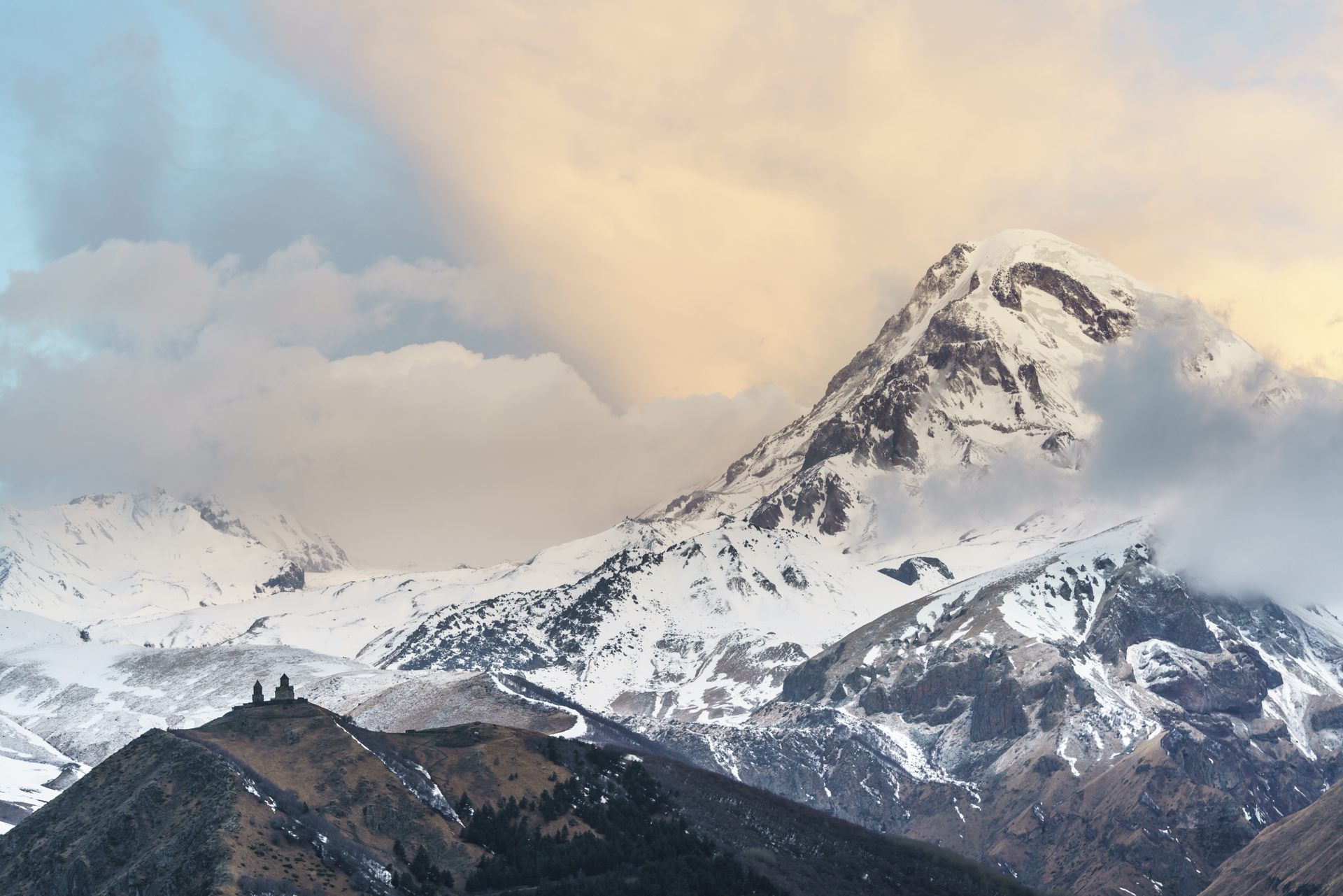
Off to the Caucasus – on the Georgian Military Road
Mighty beautiful mountains are a good reason to travel. And so it was crystal clear to me that a trip to Georgia includes a detour to the Caucasus Mountains. Already from the plane I could hardly get enough of the peaks and valleys with wildly meandering rivers. Brigit and Wacho had put together a nice, one-week program for their “Friends’ Trip”. Two days of sightseeing in Tbilisi were followed by a detour to the Greater Caucasus via the Georgian Military Road. Afterwards, the journey continued to Borjomi in the former volcanic area of the Lesser Caucasus and then led via the cave city of Vardzia and the Paravani Pass back to Tbilisi. Due to time constraints, we were unfortunately only able to participate in the first part of the round trip over the Georgian Military Road. We’ll catch up on the part of the Lesser Caucasus at some point – it’s never a bad thing to have good reasons for another trip in store.
A trip to the Greater Caucasus can be easily combined with a city trip to Tbilisi with a time budget of four to five days. In this travel report, I’ll show you what there is to see on the way and which highlights we don’t want to miss.
Pit stop Mtskheta
About thirty minutes’ drive outside of Tbilisi, at the confluence of the Kura and Aragvi rivers, is the “old” capital Mtskheta. For a long time, the city was considered an important trading center on the Silk Road. Today’s main attraction is the Svetitskhoveli Cathedral, which is classified as a UNESCO World Heritage Site – the birthplace of Christianity in Georgia. Also striking is the Georgian Orthodox monastery of Jvari, which sits enthroned on a hill high above Mtskheta and is also a World Heritage Site. We made a stopover in Mtskheta for a good two hours to visit the church and the town center (everything within walking distance and clear).
Wine & Foresight
Shortly after Mtskheta, we strengthened ourselves for the following two-hour drive over the cross pass to Stepantsminda at the winery of Iago’s Winery. Viticulture has a long tradition in Georgia. The majority of Georgians plant autochthonous grape varieties (of which there are over 500) and vinify their wines according to old tradition in “quevri” – clay vessels. These are embedded in the ground until the wine matures. It was a pity that the focus of the “wine tasting” was mainly on the food and – without further explanation – two different wines of the winery and at the end brandy were served. Travellers interested in wine will have to gather the information themselves – there is potential for optimisation with regard to the “marketing” of the excellent Georgian wine.
With a full stomach we continue our journey in the early afternoon and for once I am glad not to be behind the wheel myself, but to relax and watch the passing landscape as a passenger. First through dusty, flat terrain, the military road winds further and further into the mountainous area. The highlight follows shortly after the winter sports resort of Gudauri at over 2,000 metres above sea level at the Russian-Georgian “Peace Monument” (built in 1983). Snow, ice, jagged mountain peaks, sheep clouds and in the middle of it all an amphitheatre in brutalist style – surreal!
Brutally spruced up
After crossing the Cross Pass, it takes a good thirty minutes until we reach Stepantsminda. The place is one of the most popular tourist destinations in Georgia due to the spectacularly located Geregeti Trinity Church and the third highest mountain in Georgia, Mount Kazbeg. Perched high above this modest mountain village is a rectangular block with unparalleled views. Originally built as a sanatorium for rich Russians, the run-down building was completely restyled in 2012 as Rooms Kazbegi (partner link) and is now the hipster hangout between Moscow and Tbilisi. The “sprucing up” was limited to the hotel. The approach still leads via an adventurous access road, where a 4×4 suitable vehicle is an advantage. The rooms are modestly furnished for the price range. On the other hand, the well-thought-out design of the public areas, the sun terrace directly opposite the Geregeti Church and the breakfast buffet are convincing.
Churches with a view
The next morning we walk together to the Holy Trinity Church. If you start down in the village, you have to allow a good two hours for the ascent. The path itself is not very spectacular and largely coincides with the gravel access road on which minibuses chauffeur guests up to the church. A new road is expected to be built in the near future. As soon as this is completed, the hiking trail will be decoupled from access traffic. Although the hike is more of a chore than a freestyle, the effort is worth it. At the top of the church, the Caucasus panorama rewards us – even the 5,000-meter-high Kazbek is kind enough not to hide behind a cloud cover (which, according to other travelogues, it often does).
Gone with the Wind
On the way back to Tbilisi we make a detour to the Trusso Gorge. The junction is located below the Cross Pass in a good twenty minutes driving distance to Stepantsminda. If you follow the Terek River into the high valley, you will come across sulphurous springs and pure nature. In terms of the season, we were a bit early and could therefore only guess how fantastically beautiful the high valley presents itself in the lush green and flower-strewn meadows in June/July. At the end of the high valley there are two monasteries as a “border marker” for the Russians, who are still subtly trying to crank Georgian territory over their own ranks. The same applies to the border crossing behind Stepantsminda. There, too, a monumental church building was recently erected precisely for these purposes.
Gaumardschoss!
My Georgian highlight (besides the mountain panorama) was the evening, where we were able to experience a Georgian round table in the apartment of Lela and Mari (owners of a guesthouse in Stepantsminda). In a mini-kitchen, the host family conjured up a delicious dinner, which did not want to end in terms of quantity and made us gasp after tasting the appetizer. The role of “Tamada” was taken over by the master of the house together with Wacho. With the words “be victorious”, the “Tamada” accompanies the round table with toasts – every now and then the glass is raised and toasted to the family, the travel group, happiness and love. A great insight into the warmth of Georgian host culture.
Travel tips for the Caucasus detour
To all those who are flirting with a trip to Georgia and like to rely on a competent travel companion, I can warmly recommend Brigit and Wacho. You can find their current tour offer here: Georgia WB Tours.
Tbilisi and the Greater Caucasus can also be combined well on an individual trip. There are regular marshrutka trains between Stepantsminda and Tbilisi (the trip costs about 30 lari). If you prefer to drive your own car, you should know that the traffic conditions are sometimes chaotic and dangerous overtaking manoeuvres take place. It’s certainly doable – but it requires nerves of steel. You can find many more tips about Georgia on the blog of Reisezeilen.


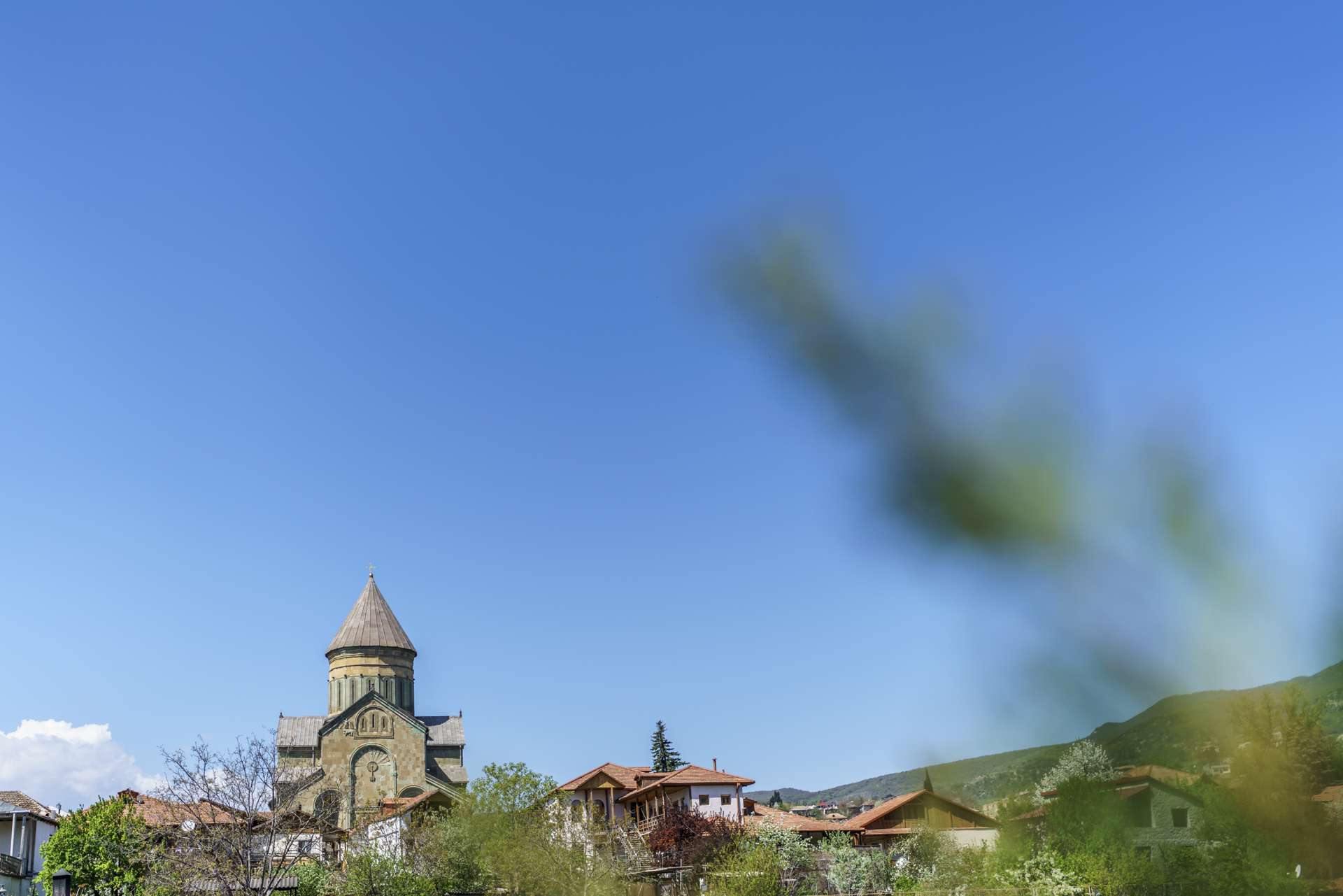
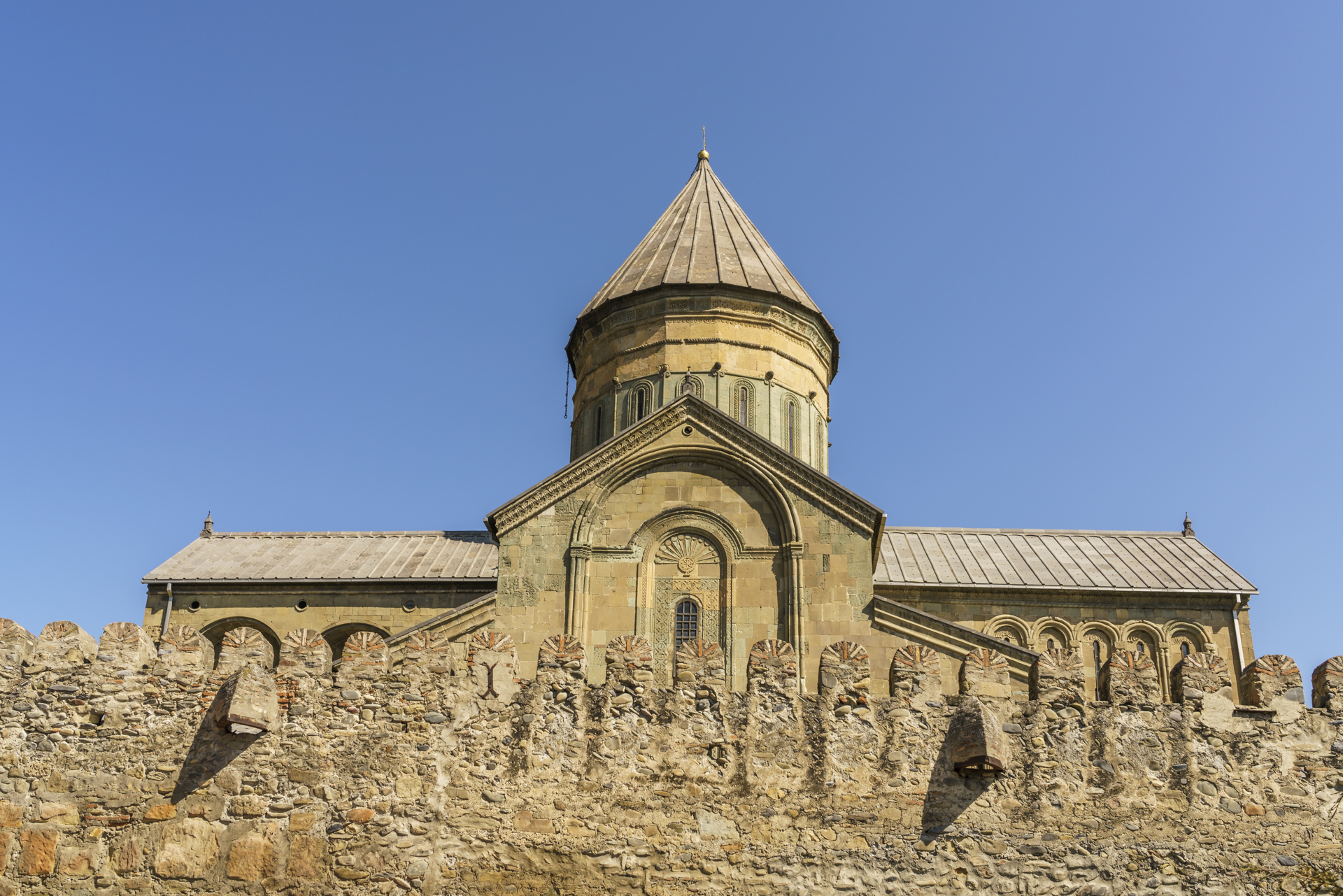
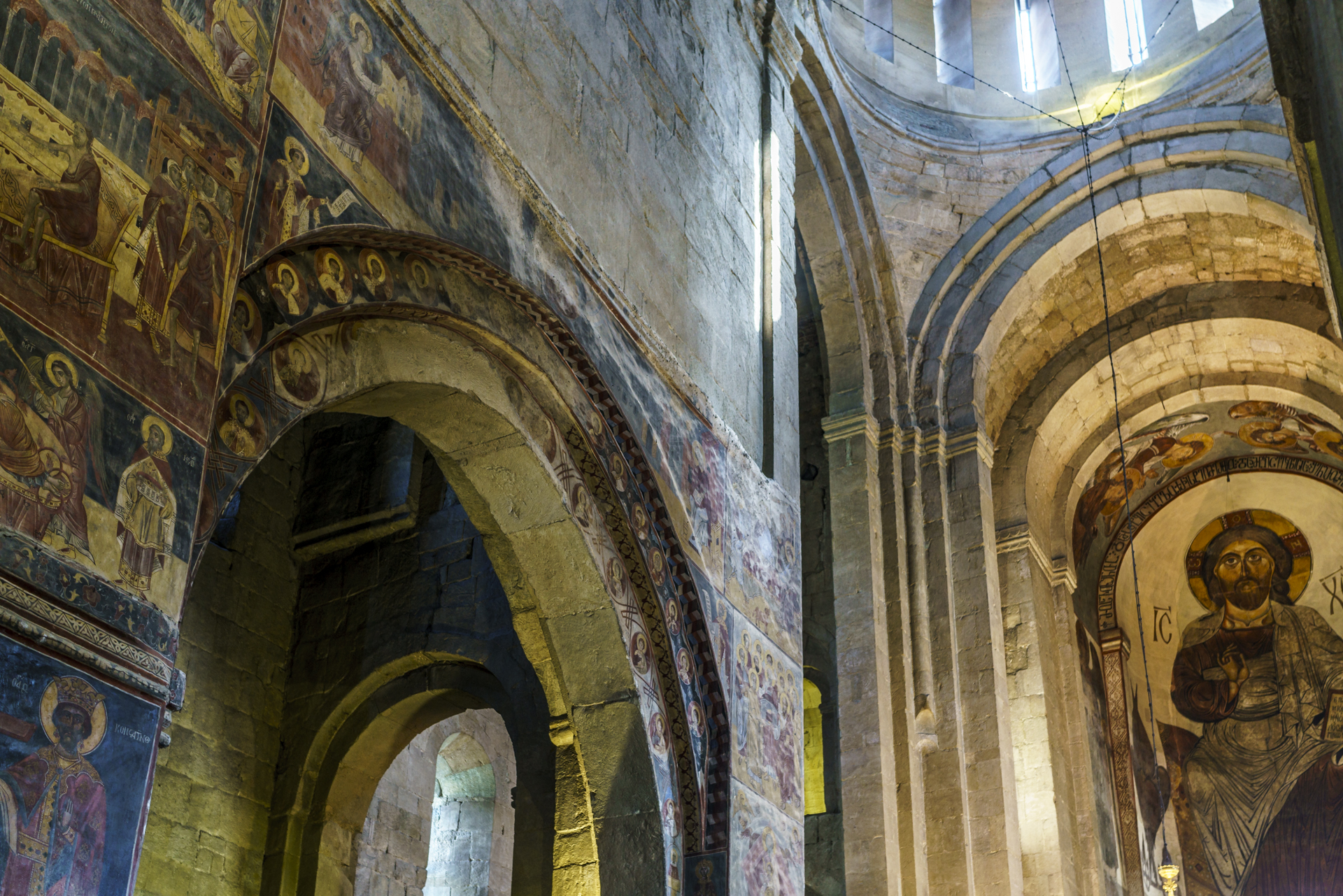
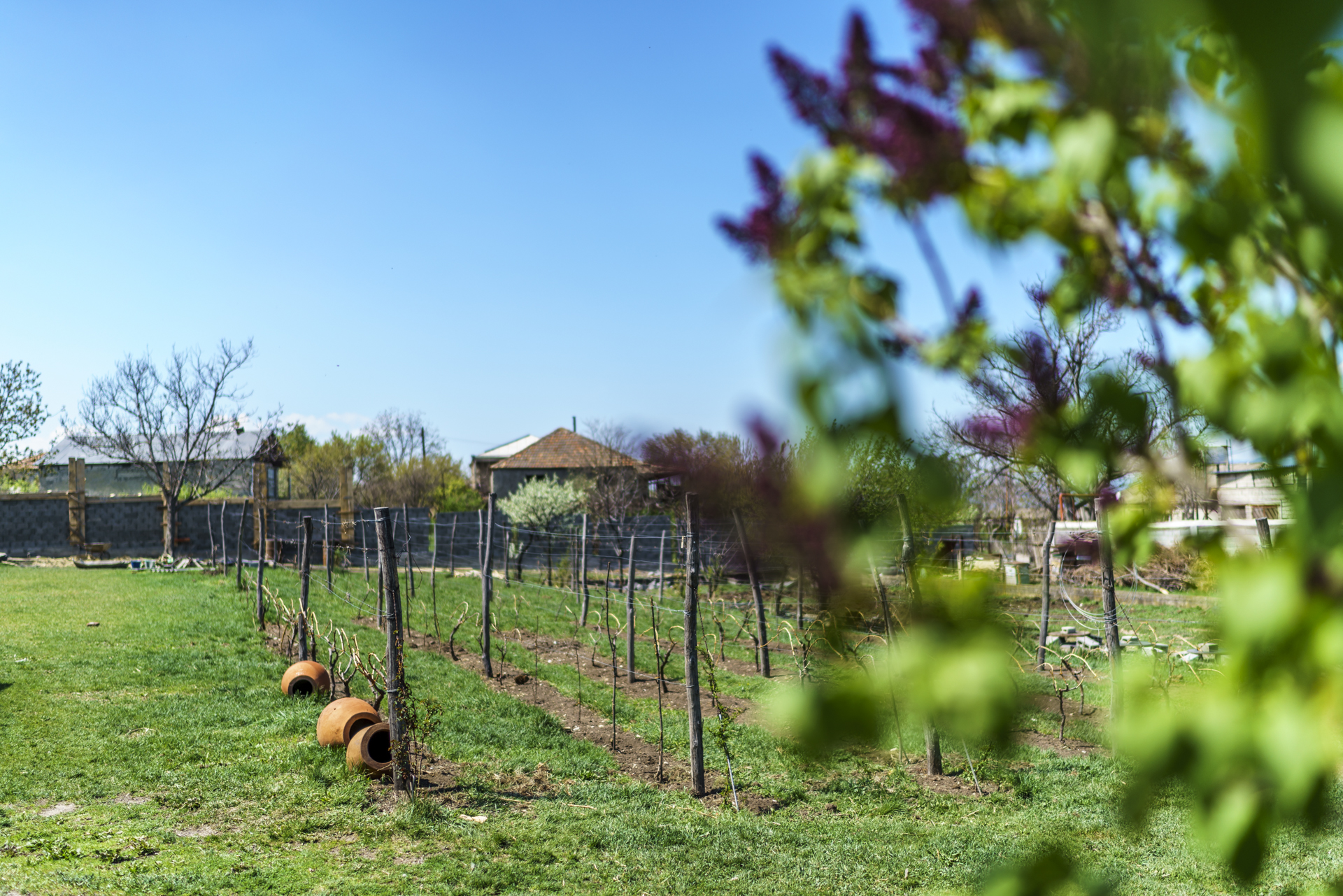
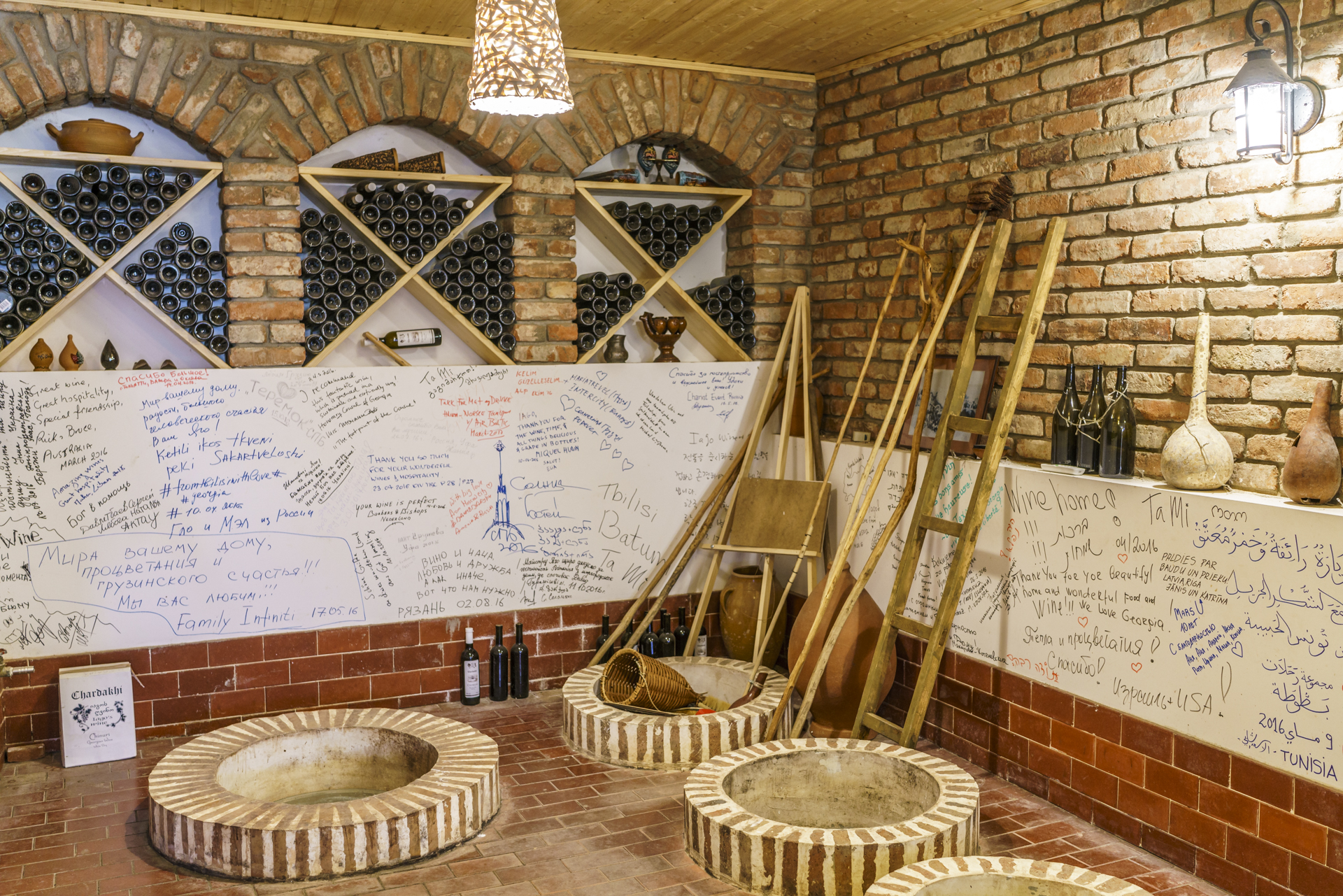
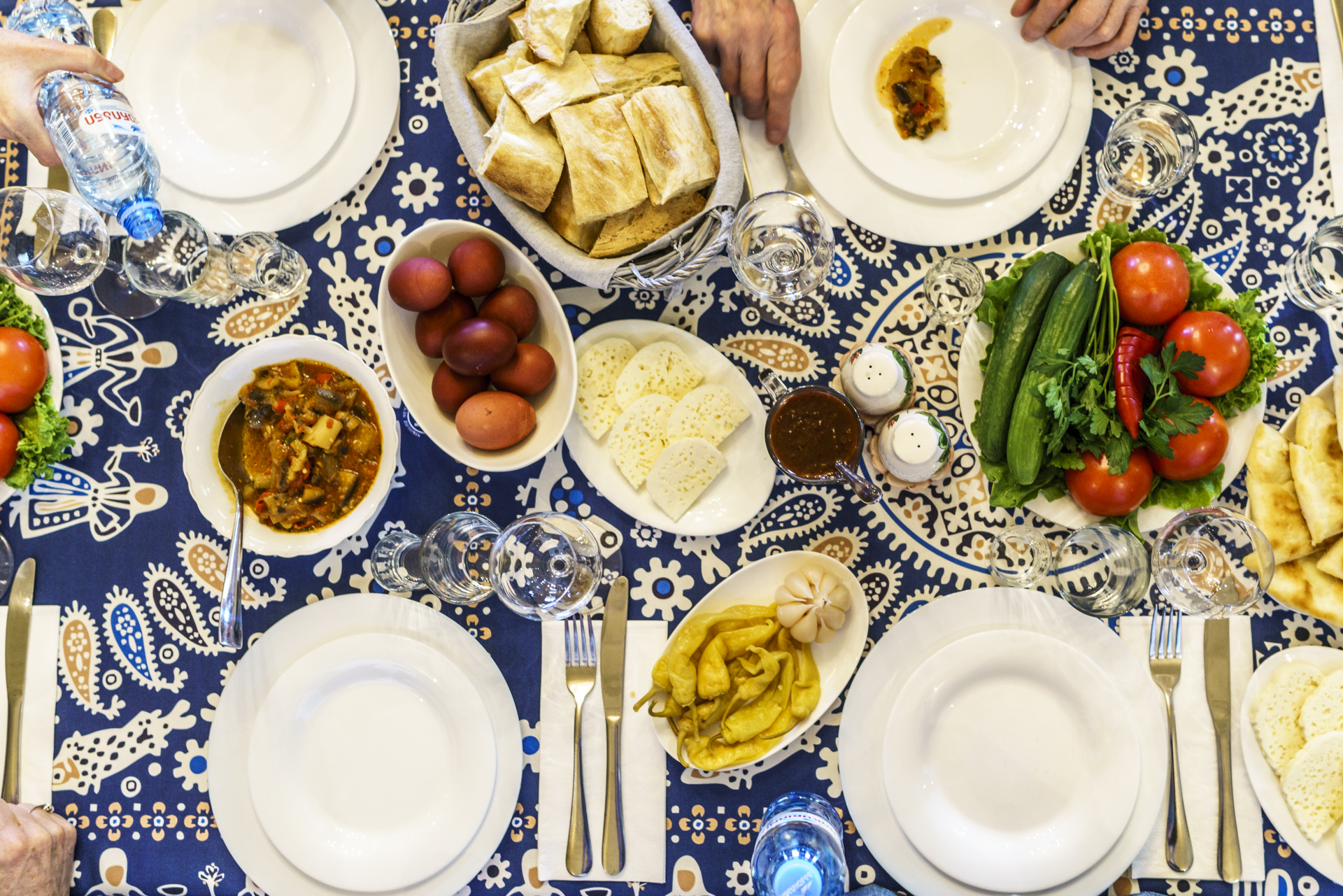

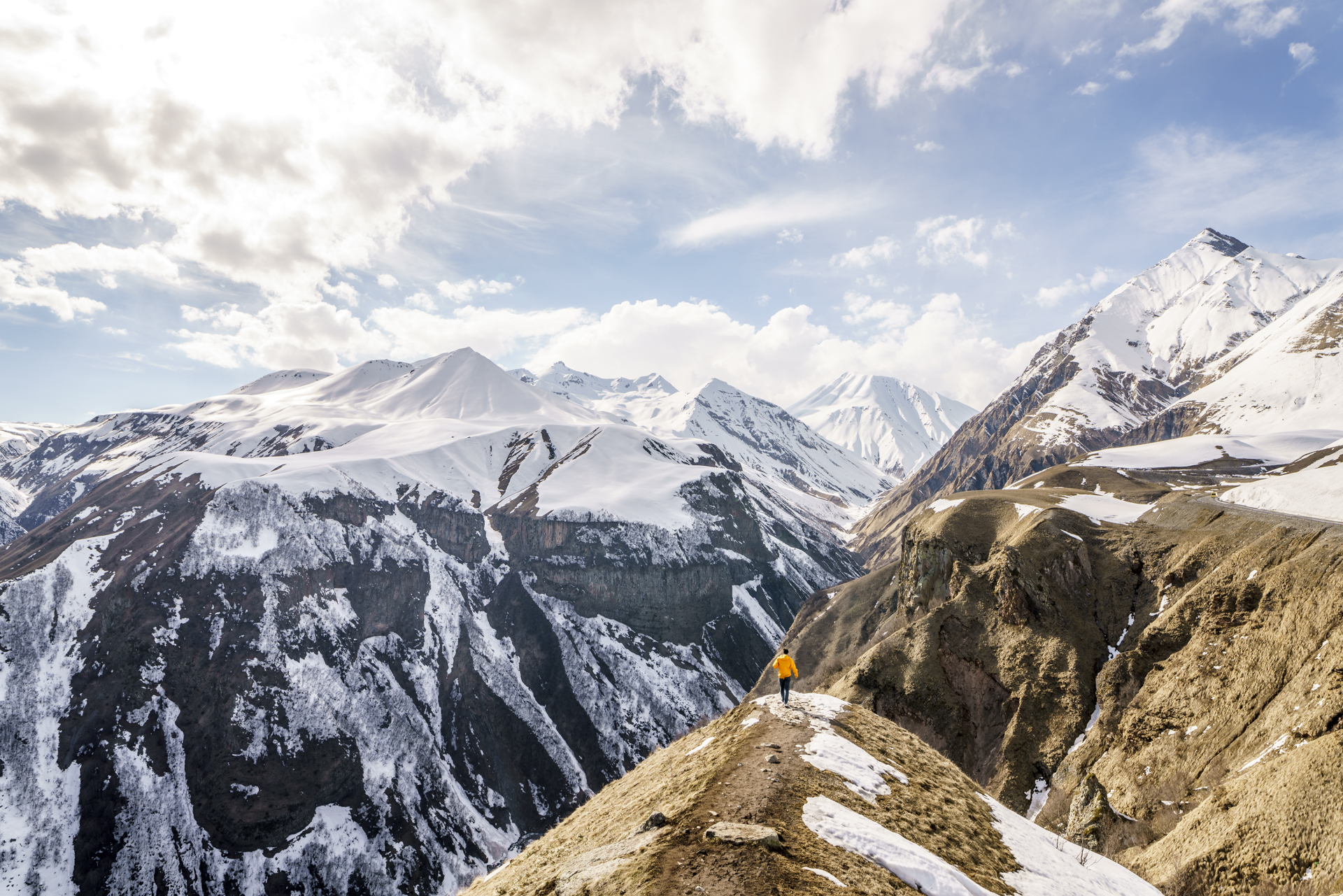
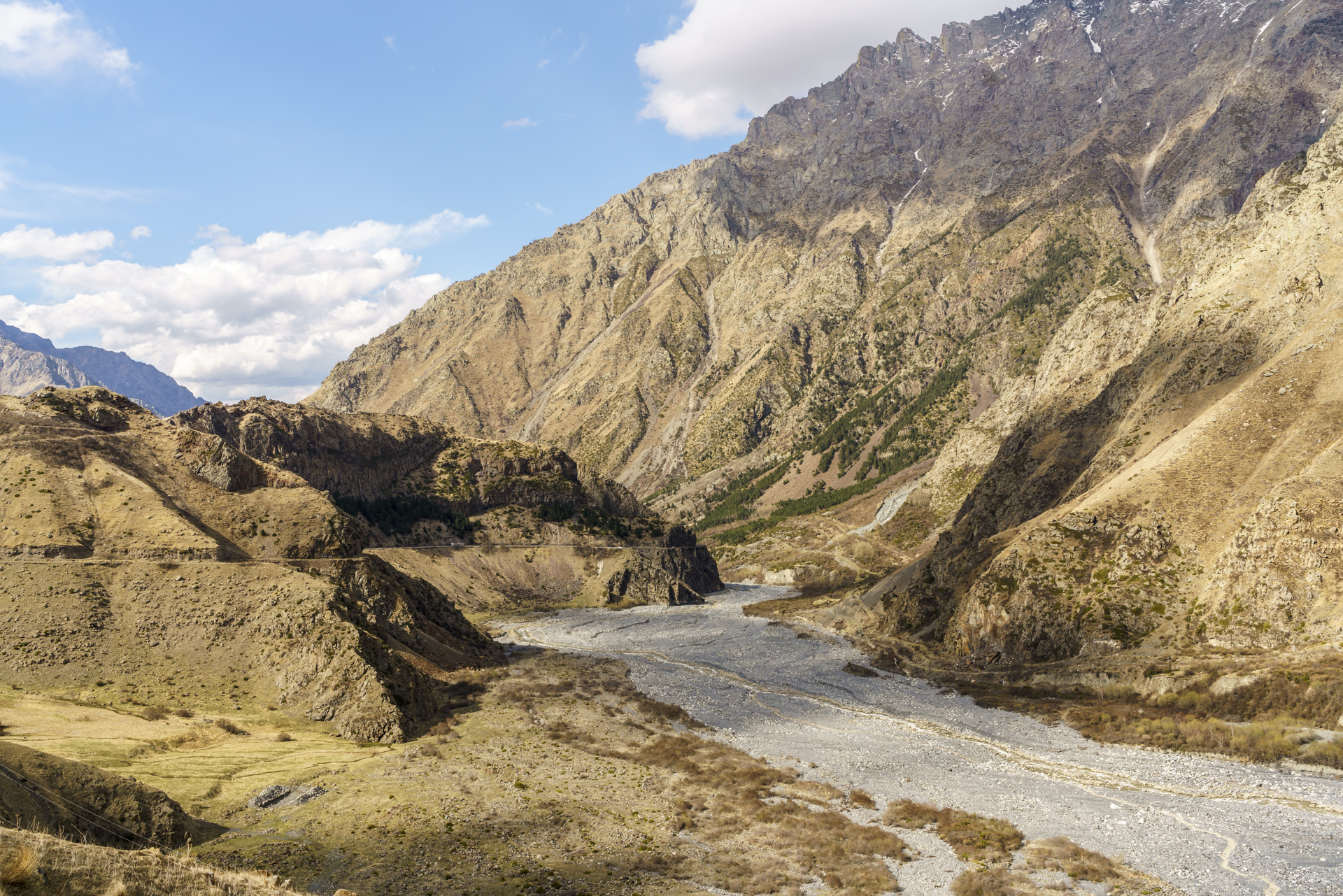


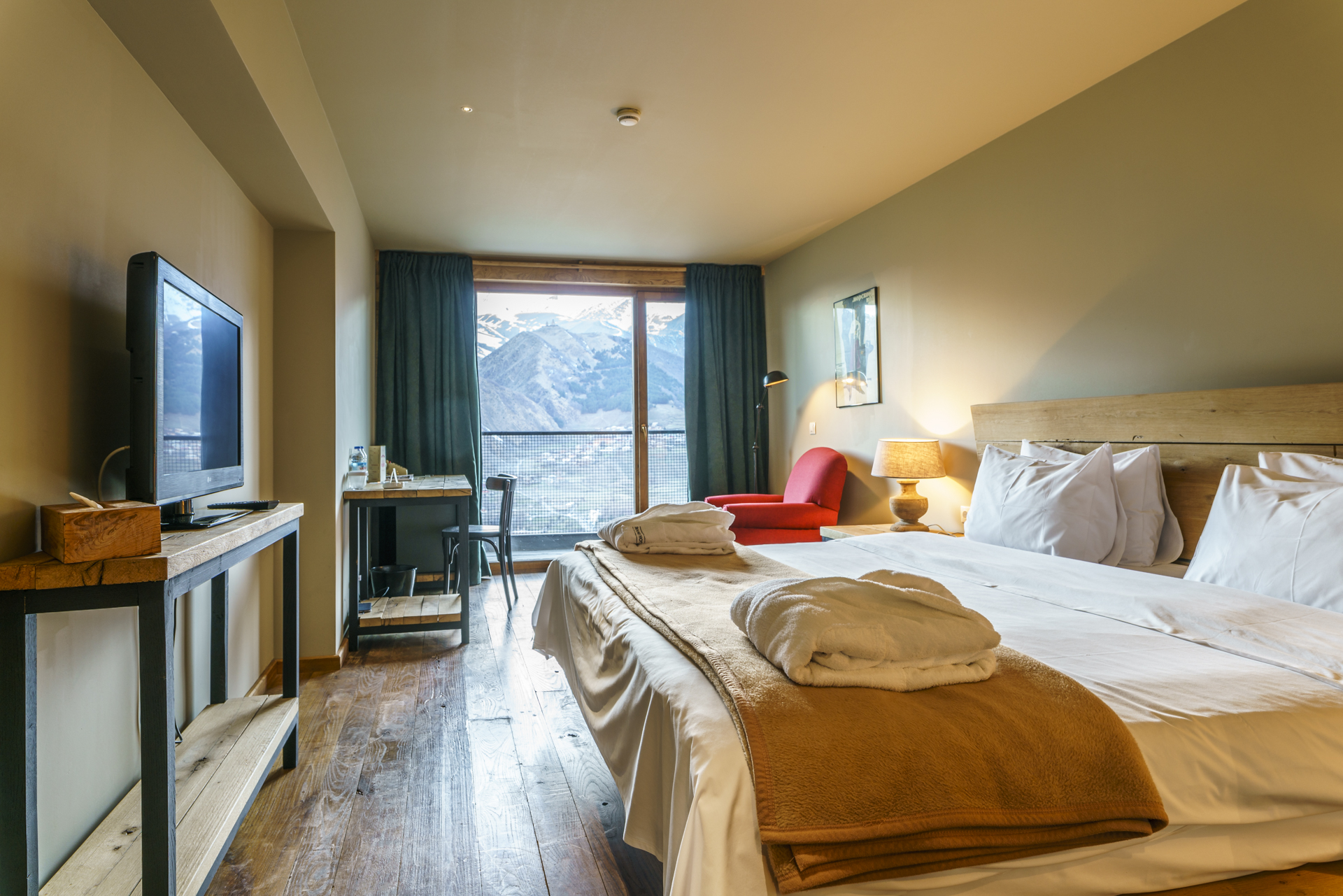
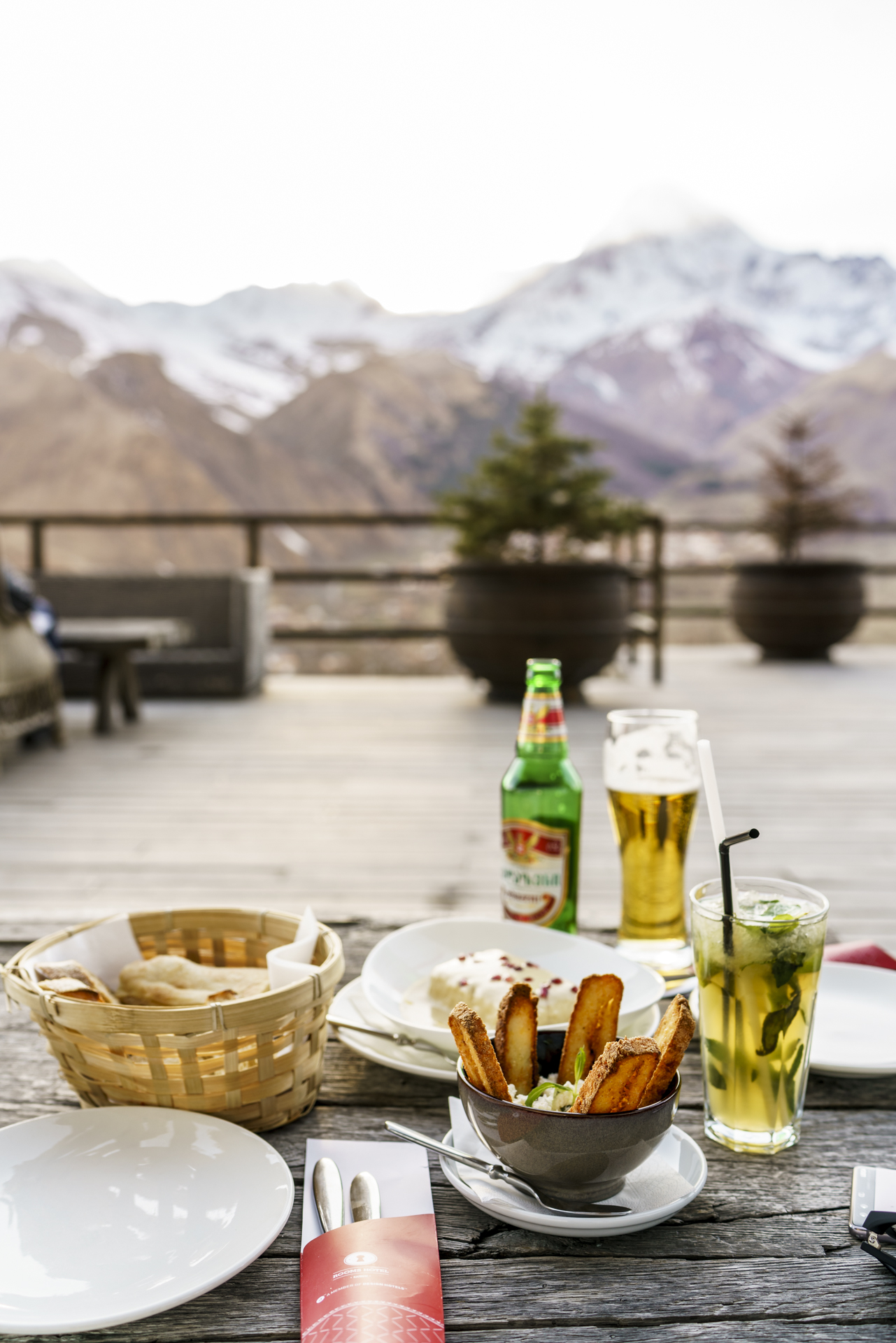

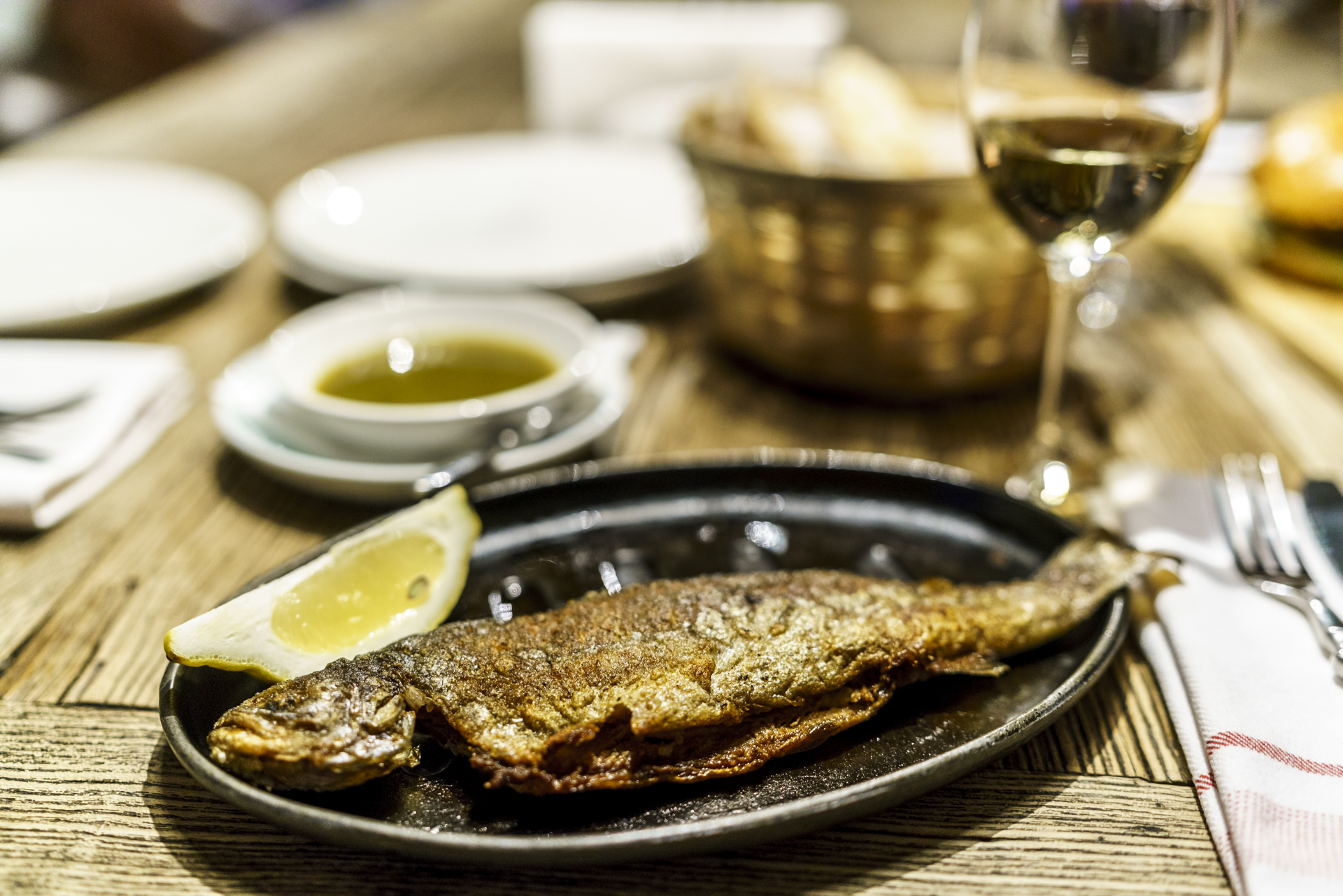
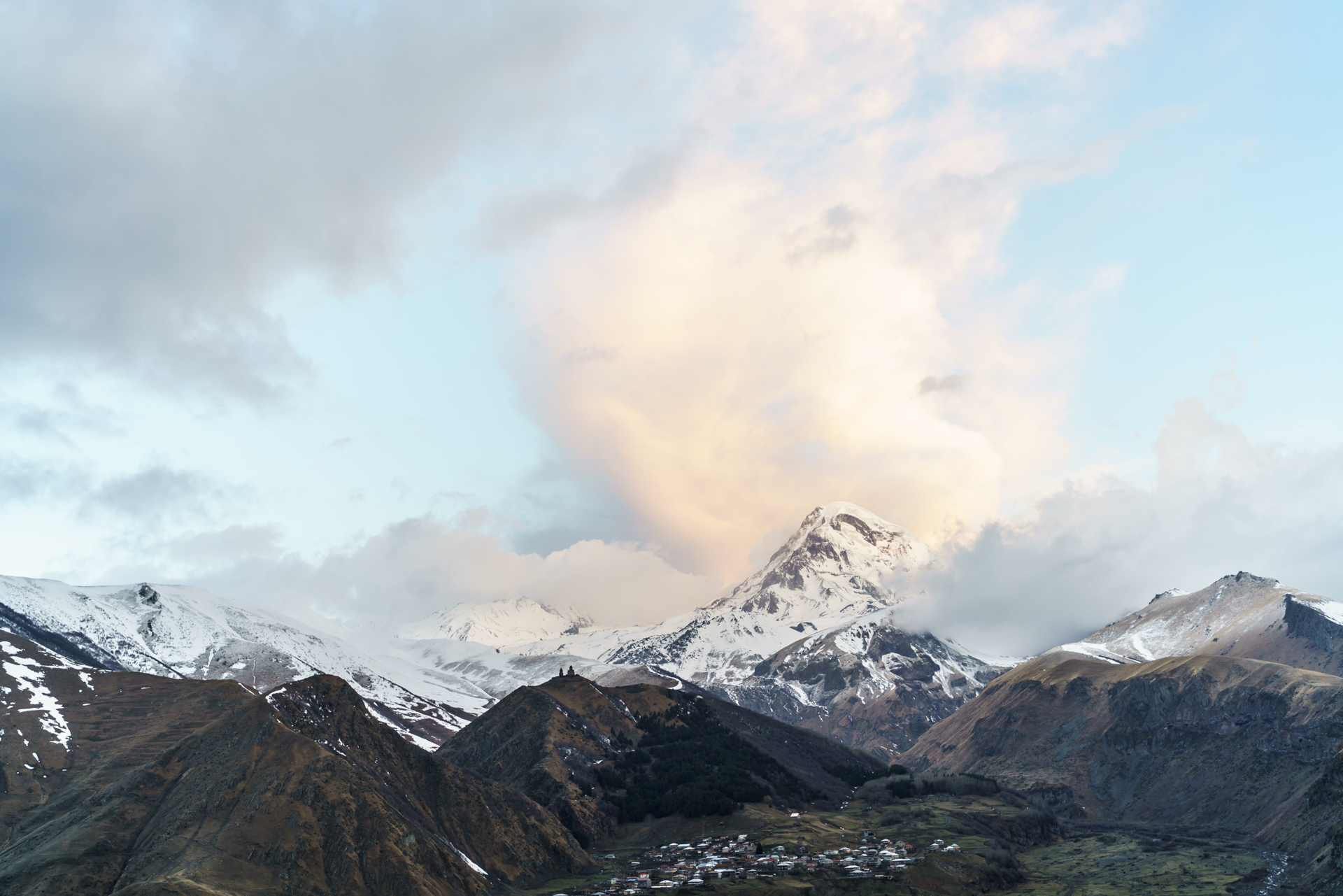
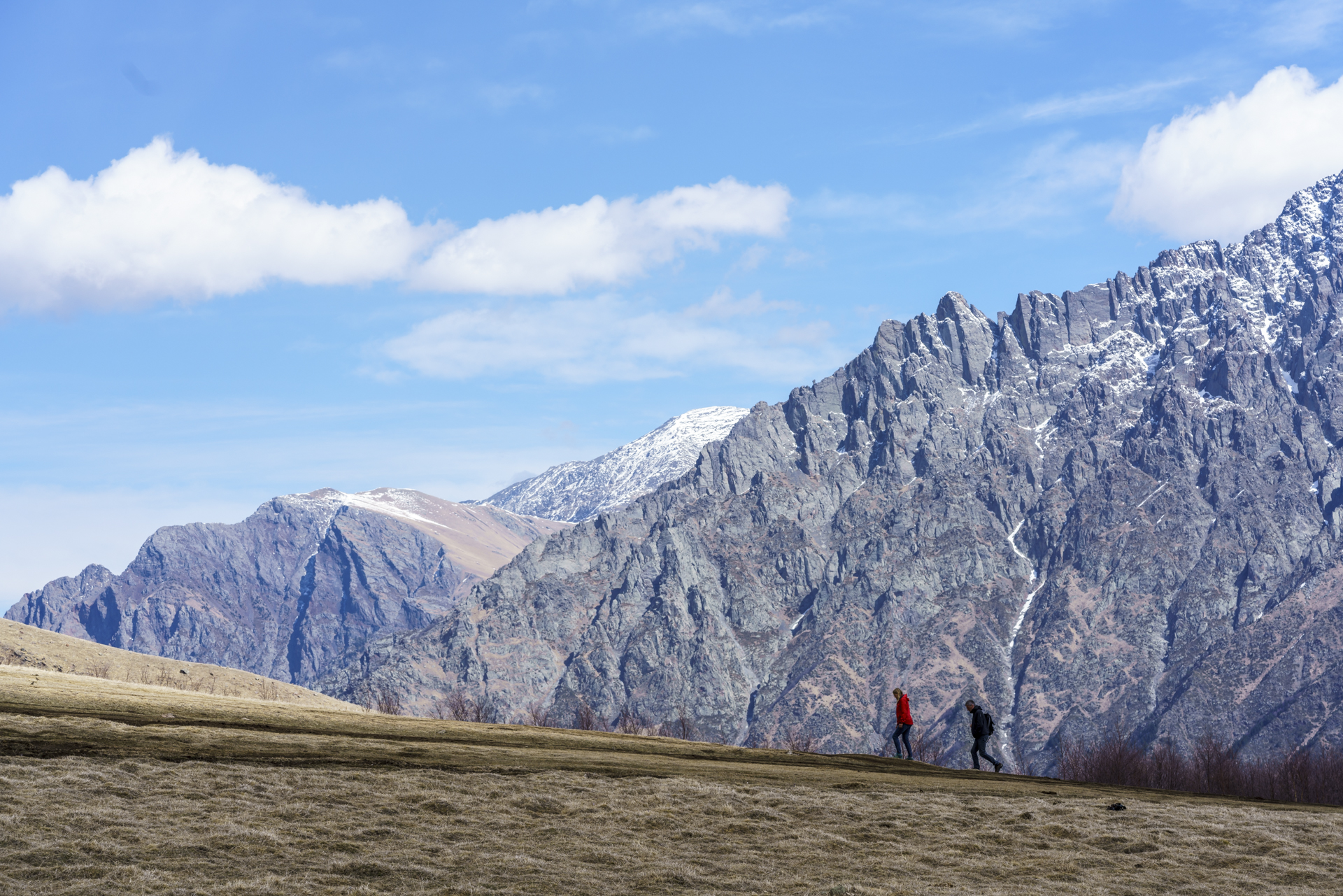
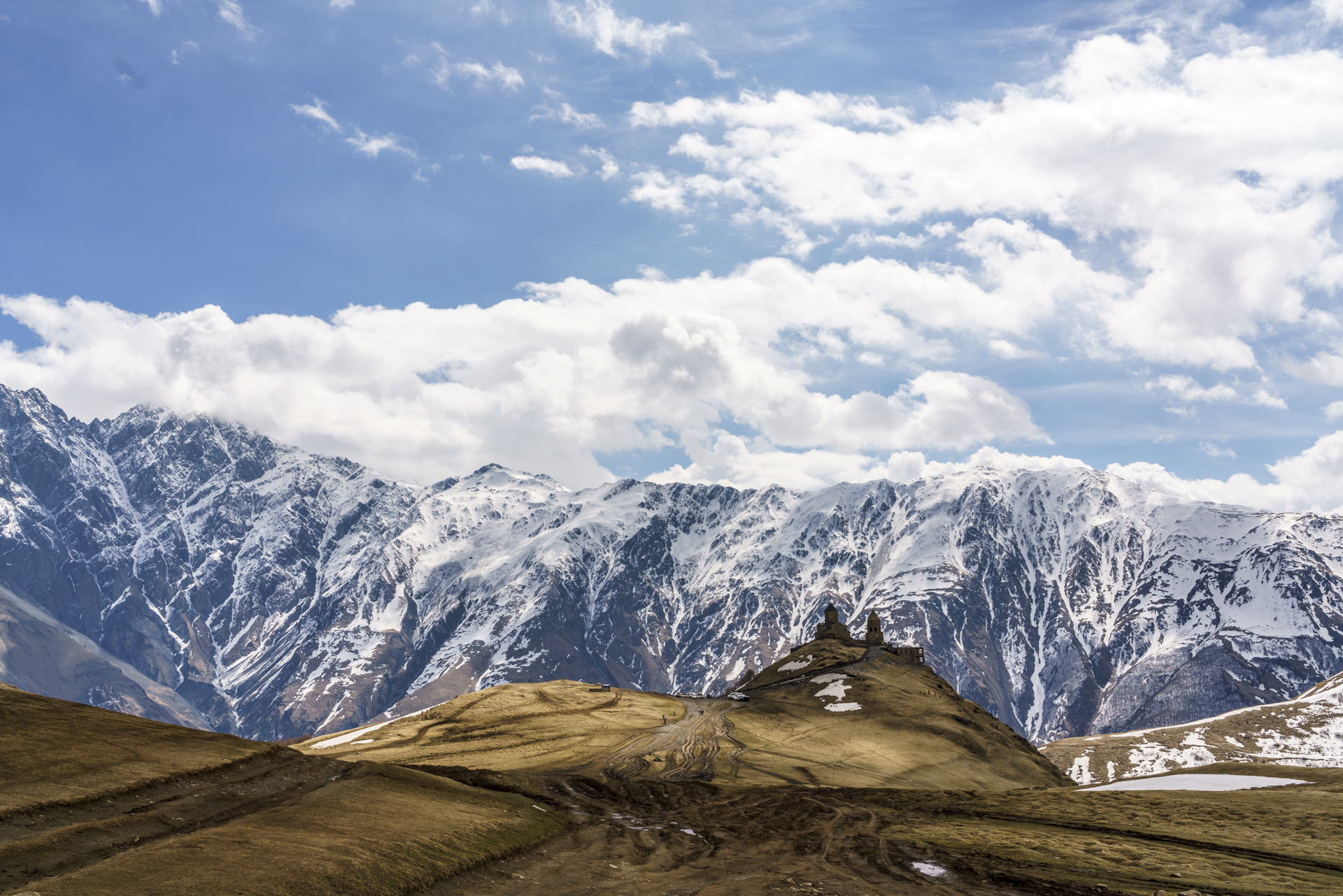
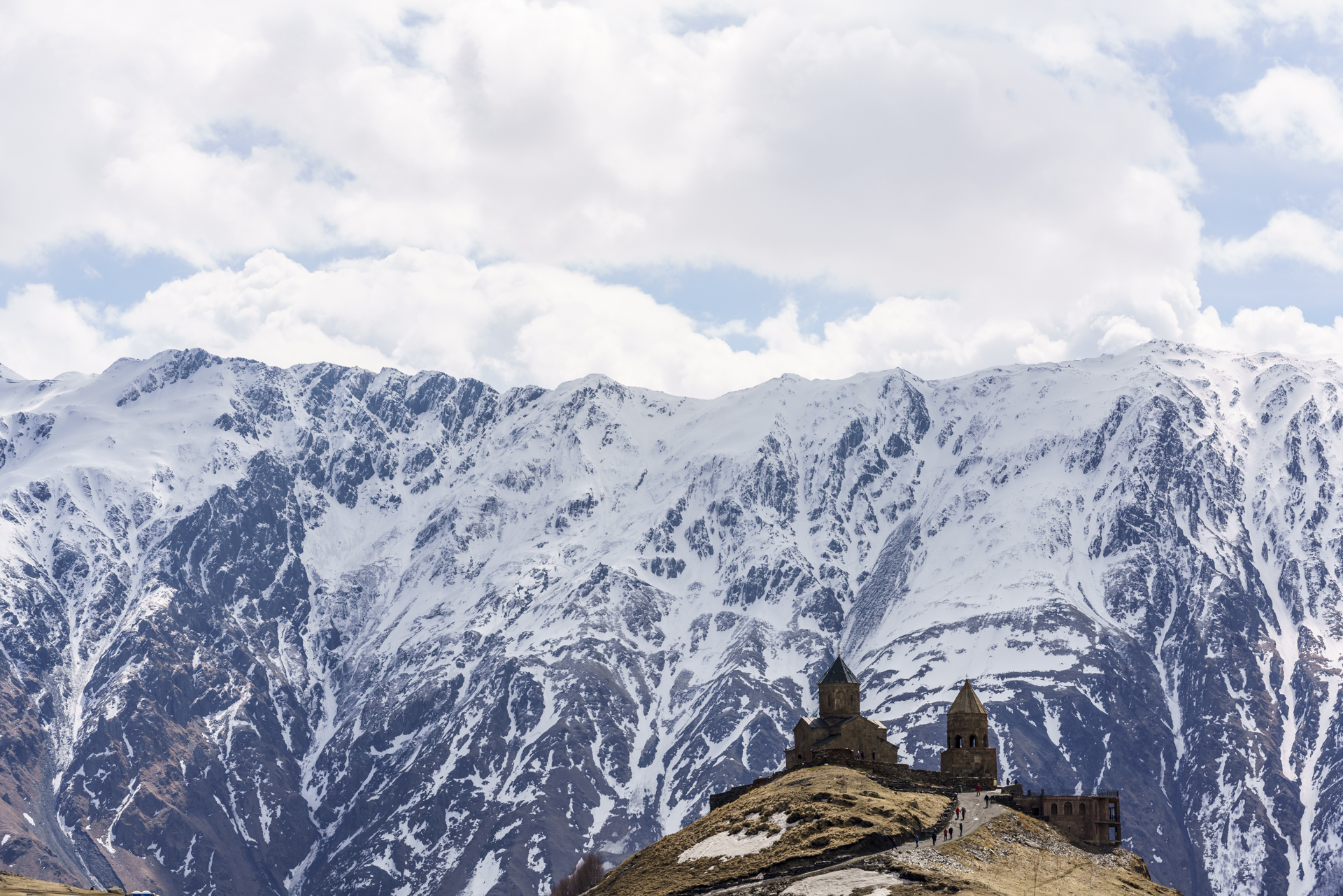
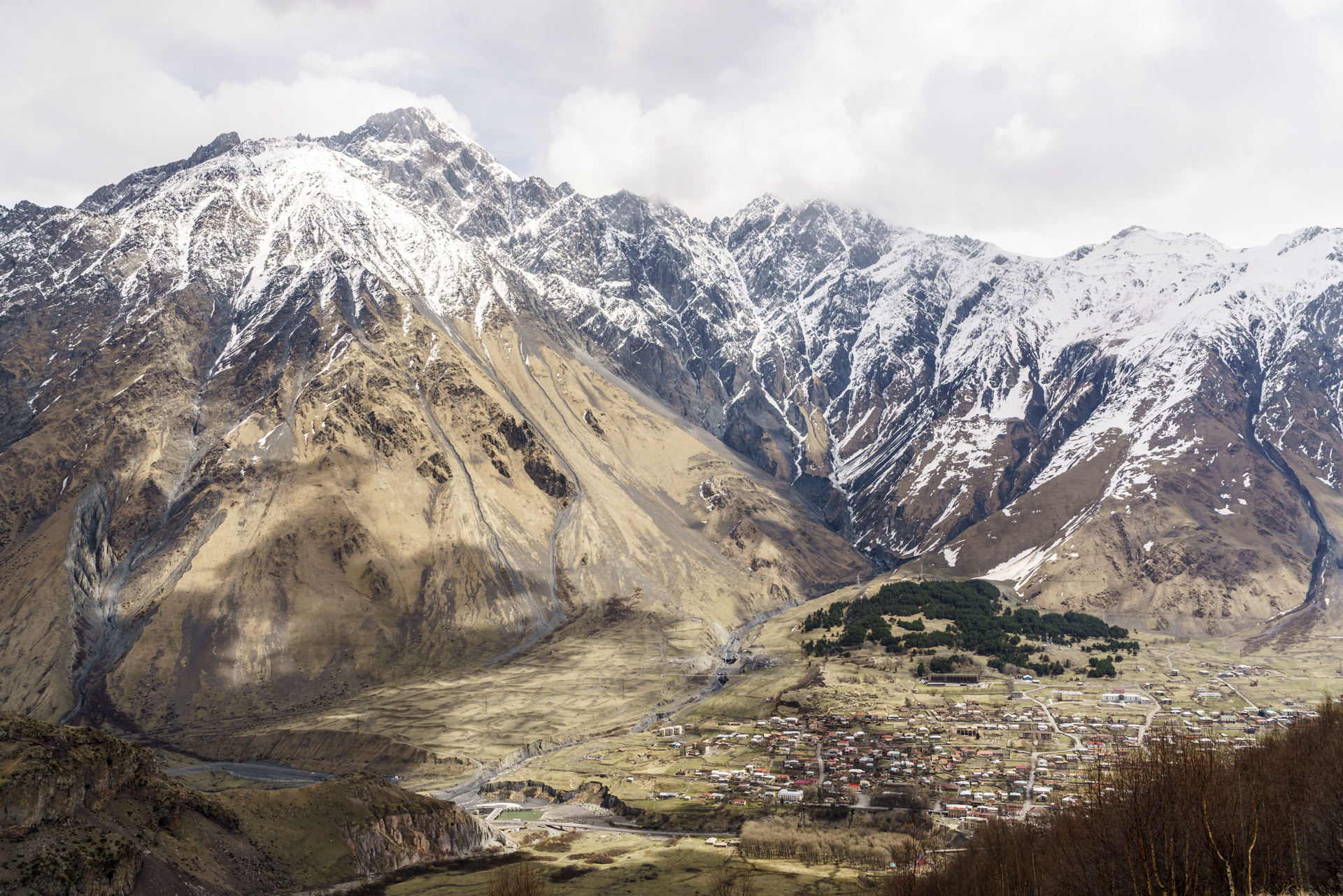
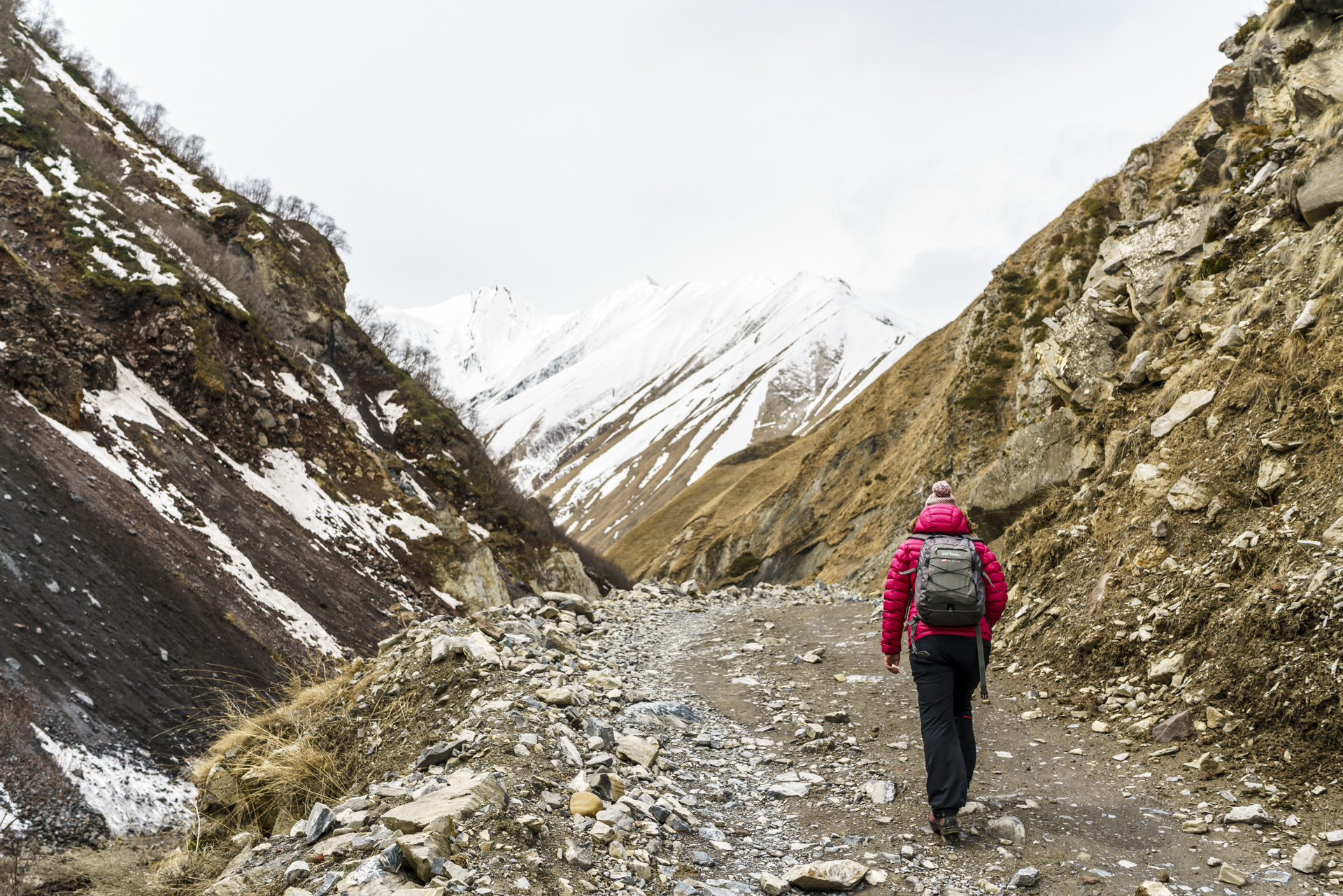
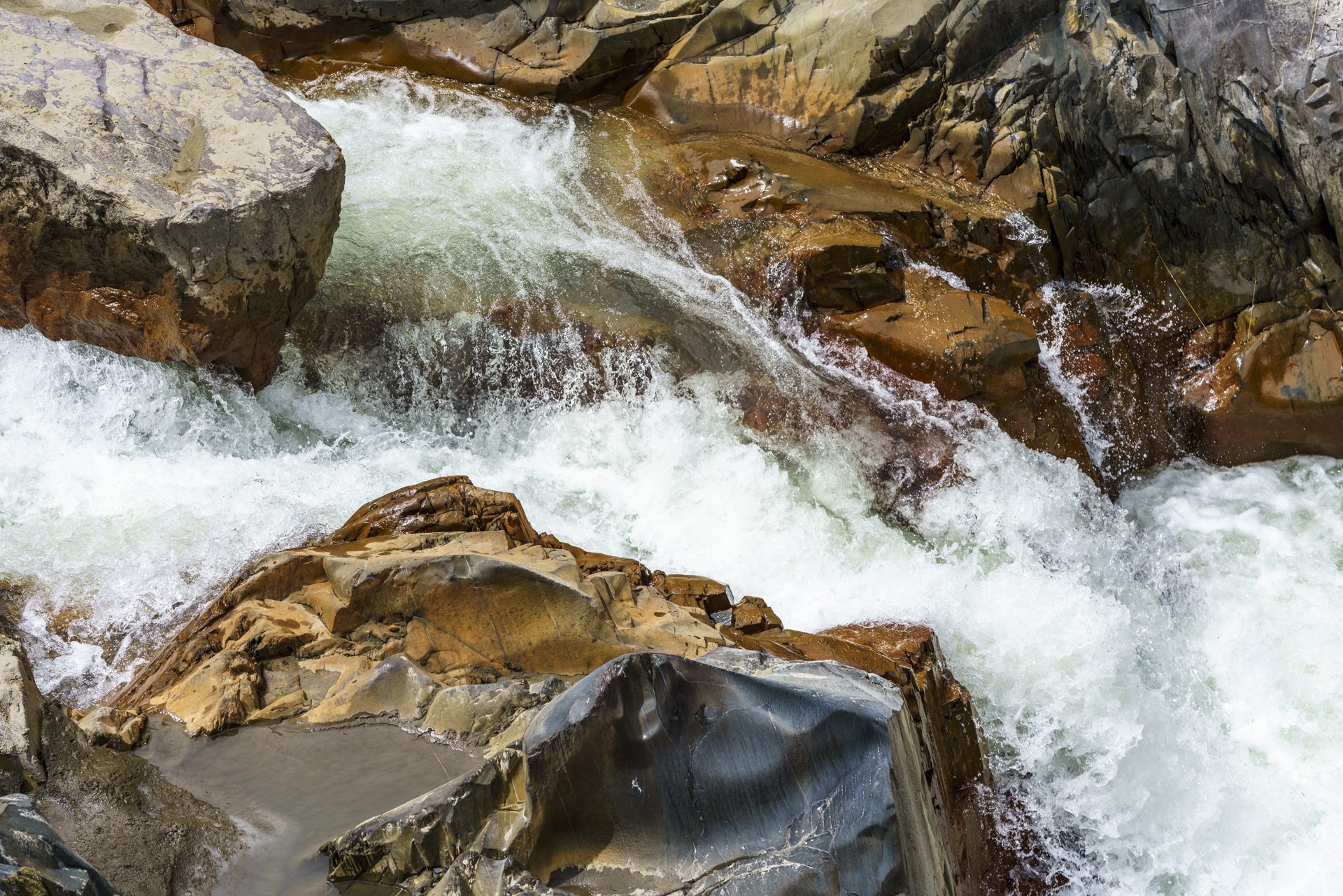
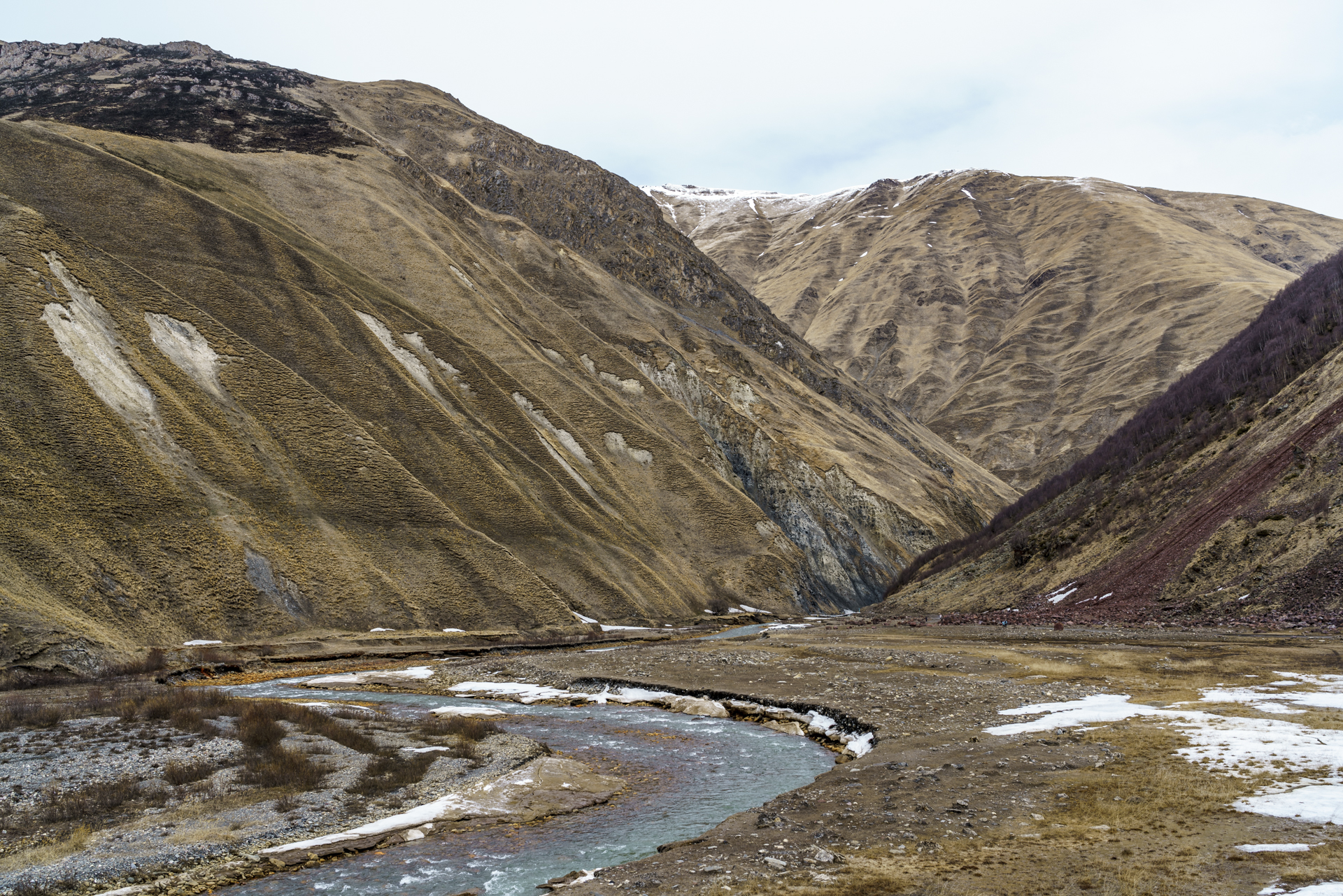

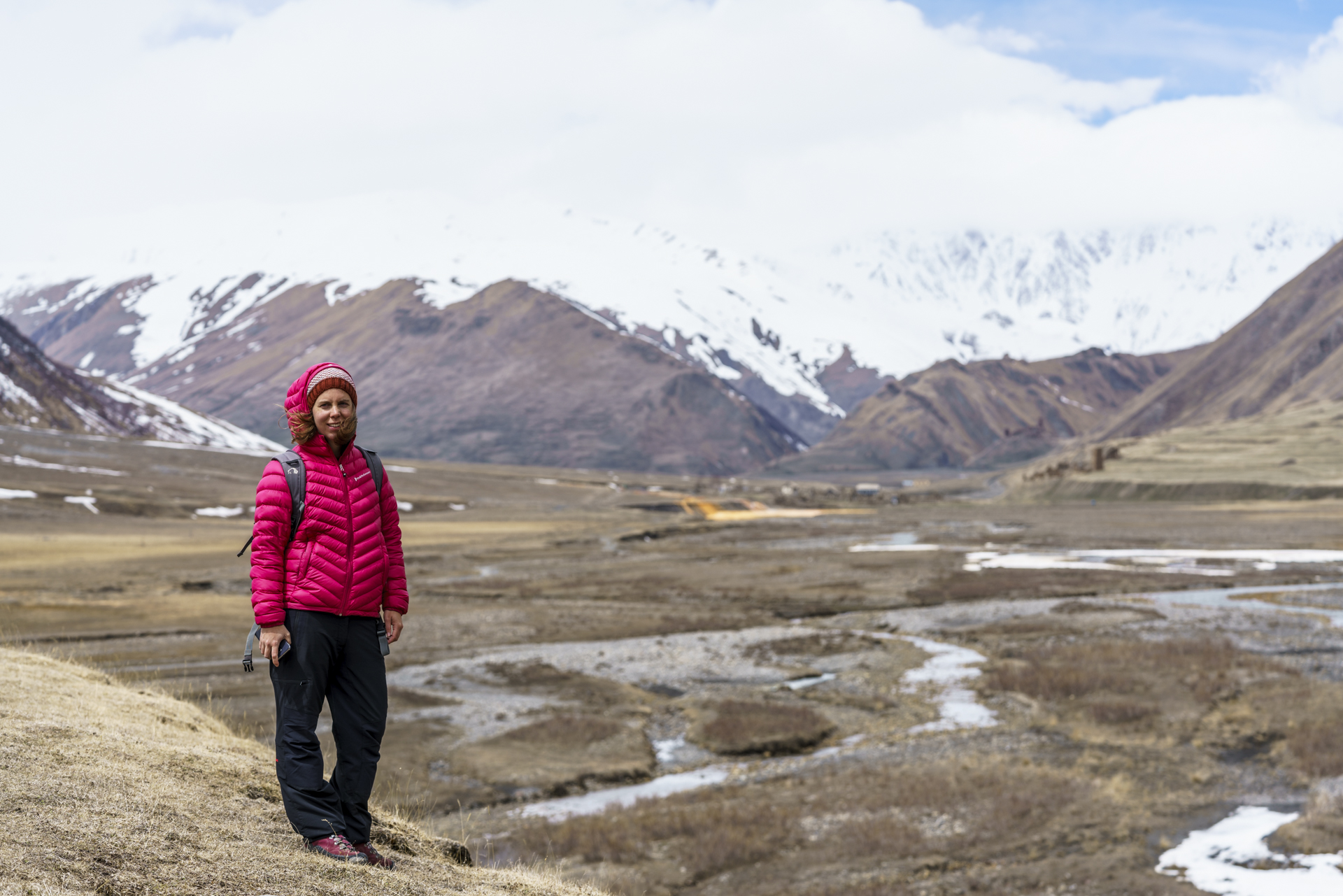
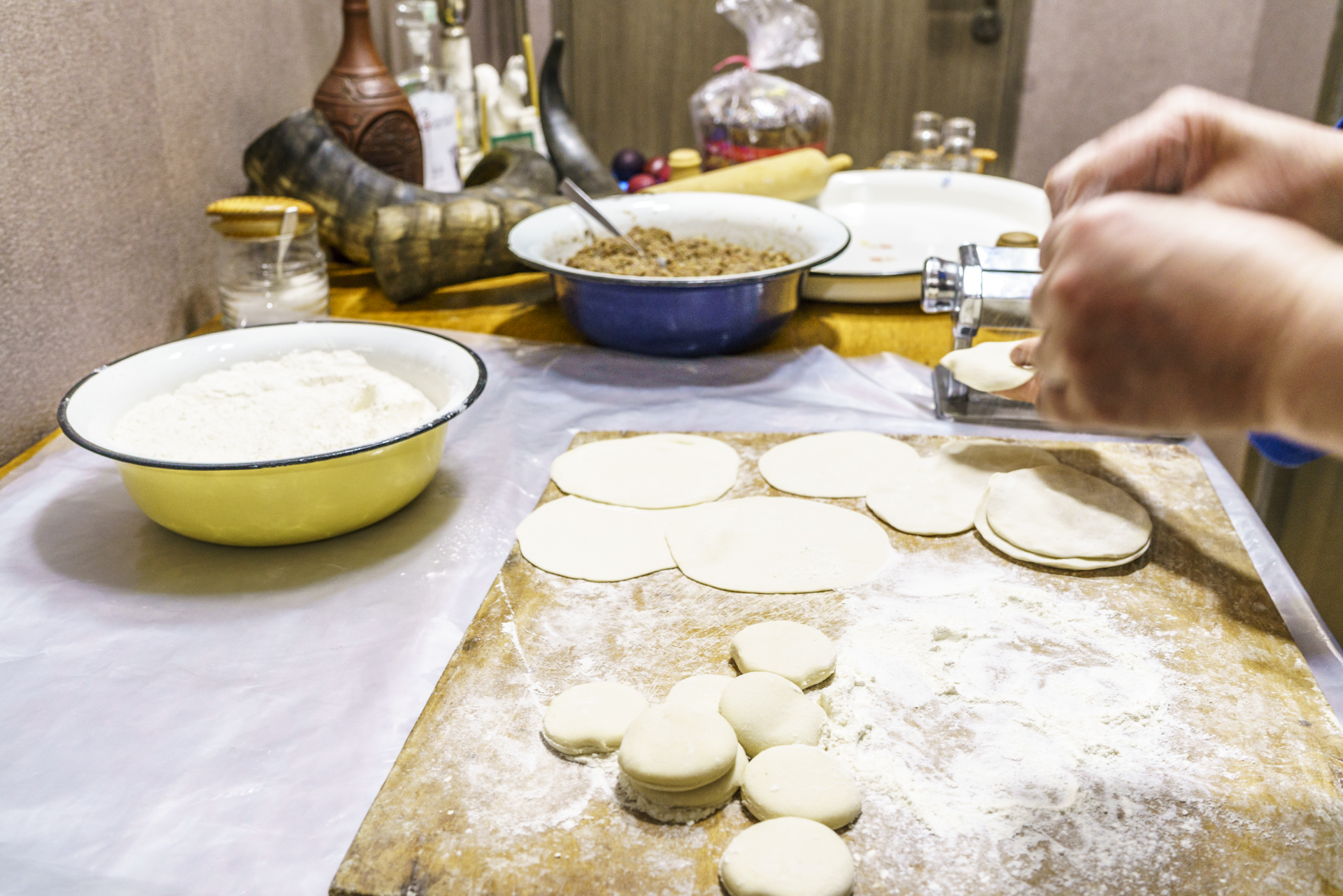
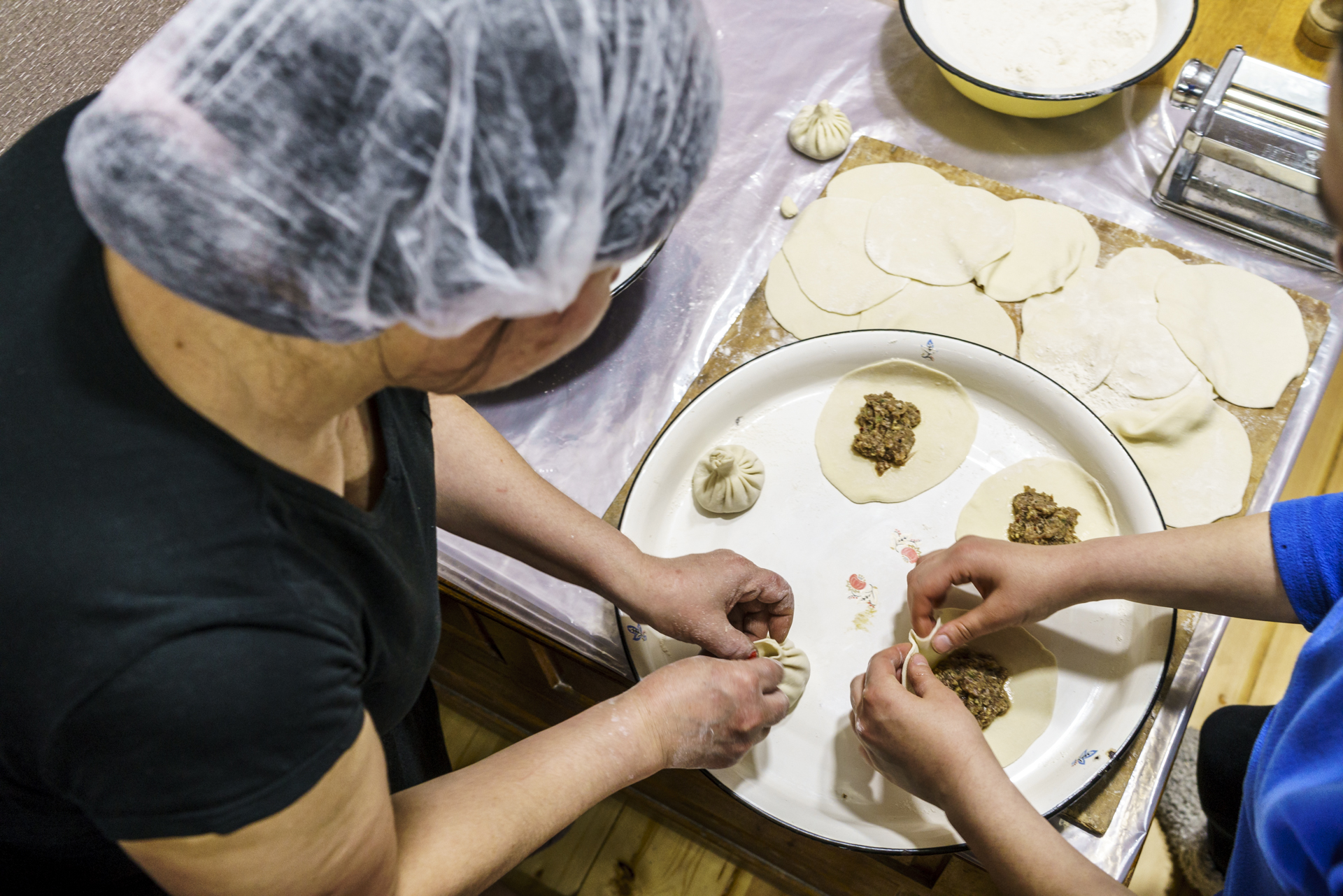
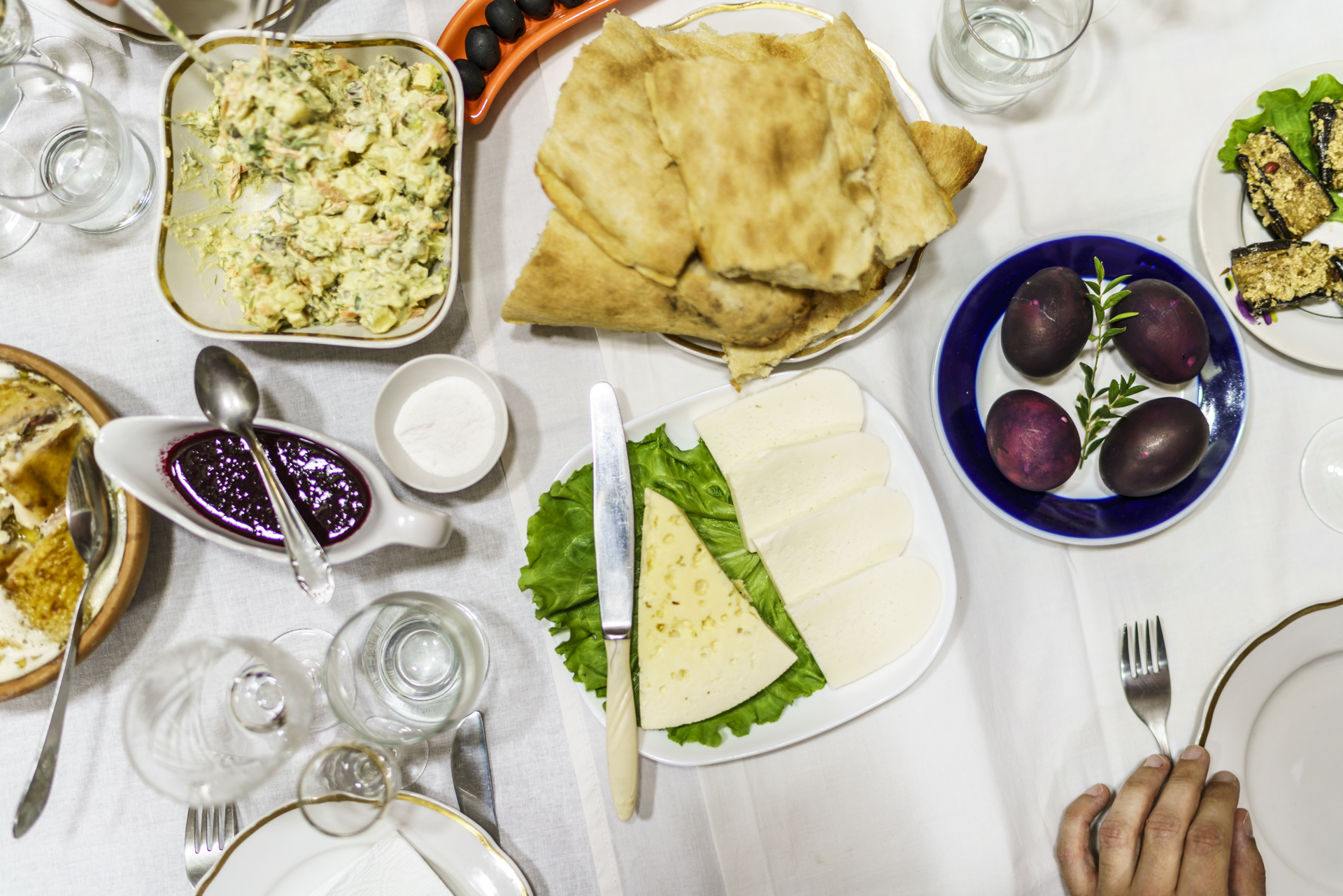
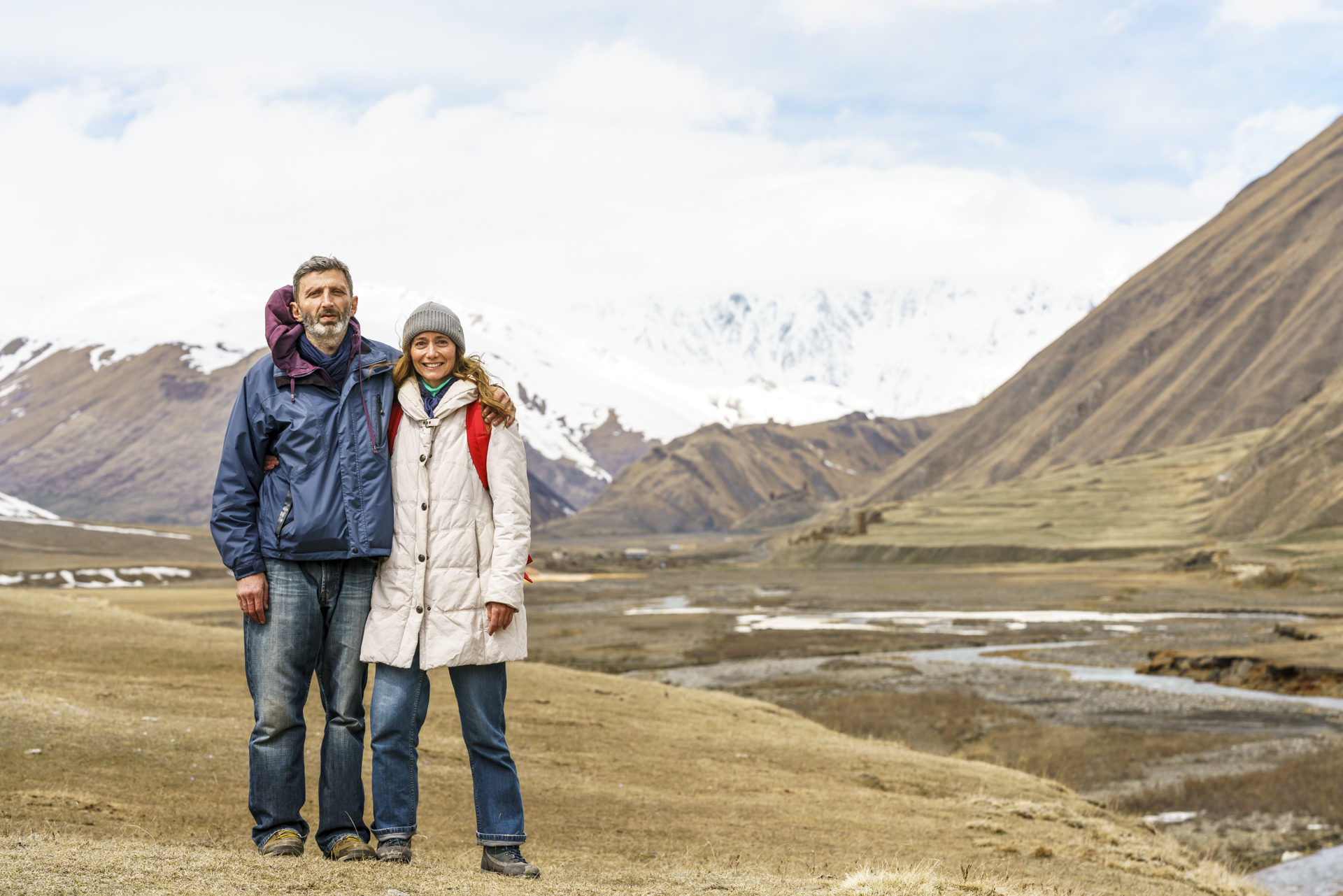
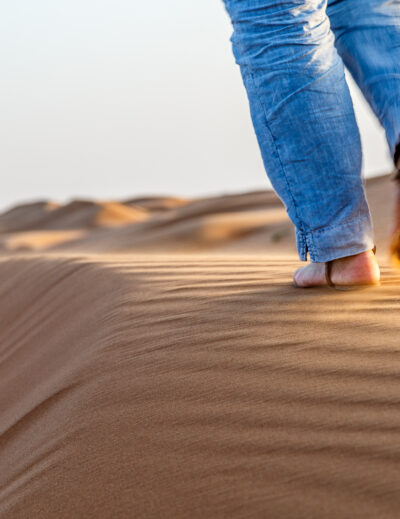
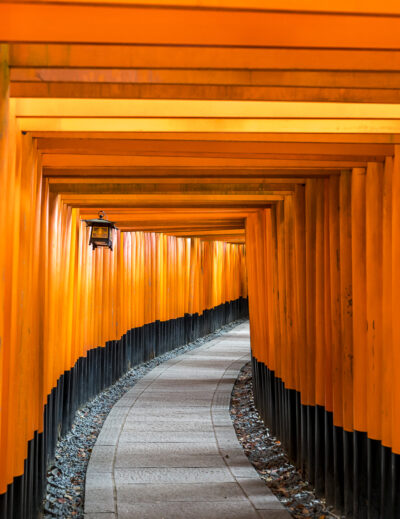
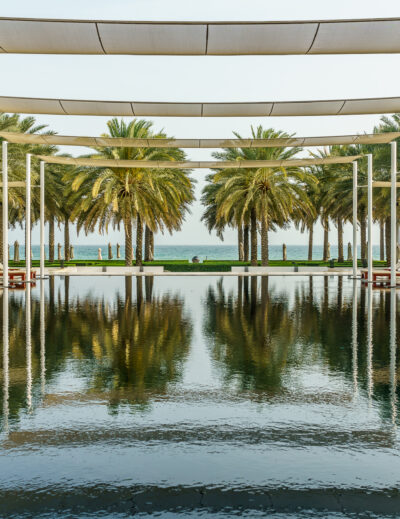
Leave a Reply